When considering the diverse landscapes and varying soil conditions across Australia, one can’t help but think about the importance of choosing the most suitable retaining walls for different regions.
The effectiveness of a retaining wall can often be the difference between a successful and long-lasting structure and one that may encounter issues over time.
As we explore the options available, each type of material brings its unique strengths and considerations to the table, ultimately impacting the functionality and aesthetics of the wall.
Concrete Retaining Walls
Concrete retaining walls provide durable and stable support for various landscapes in Australia. They’re a popular choice due to their strength and longevity. We often prefer concrete walls because they can withstand the harsh Australian climate, offering reliable structural support.
These walls are versatile, suitable for both residential and commercial properties. We find that concrete retaining walls require minimal maintenance, making them a cost-effective solution in the long run. They also offer a sleek and modern aesthetic that can enhance the overall look of a property.
When properly installed, concrete walls can prevent soil erosion and manage water runoff effectively. We recommend considering concrete retaining walls for their durability, low maintenance requirements, and aesthetic appeal when looking for a reliable solution to support your landscape needs in Australia.
Timber Retaining Walls
Let’s talk about Timber Retaining Walls – we’ll cover the durability of timber, maintenance requirements, and the impact on aesthetics and design.
Timber’s resilience and natural appearance make it a popular choice, but regular maintenance is crucial to ensure longevity.
Balancing practicality and visual appeal is key when incorporating timber walls into your landscaping plans.
Durability of Timber
Ensuring the longevity of timber retaining walls in Australia is crucial for their structural integrity and aesthetic appeal. Timber’s durability can vary depending on the type of wood used and how well it’s maintained. In Australia, popular choices like treated hardwoods or naturally durable timber species such as red gum or ironbark offer good longevity.
Proper installation, including adequate drainage and backfilling, is essential to prevent water damage and rot. Regular inspections for signs of decay, insect infestations, or warping can help catch issues early before they compromise the wall’s stability. Applying a quality sealant or finish can also extend the lifespan of timber retaining walls by protecting them from harsh weather conditions.
Maintaining timber walls through these practices can ensure they stand strong for years to come.
Maintenance Requirements
To maintain the longevity of timber retaining walls in Australia, we must stay vigilant with regular inspections and proper maintenance practices. Inspecting the walls periodically for signs of wear, such as rotting or insect infestations, is crucial. Addressing any issues promptly can prevent further damage and prolong the lifespan of the structure.
Regularly cleaning the walls to remove debris and dirt buildup is essential to prevent deterioration. Applying a sealant or protective coating as needed can also help safeguard the timber from moisture and UV exposure. By staying proactive and attentive to maintenance needs, we can ensure that our timber retaining walls remain sturdy and attractive for years to come.
Aesthetics and Design
Maintaining a balance between functionality and visual appeal is key when designing timber retaining walls in Australia. Timber offers a warm and natural look that can complement various landscapes, making it a popular choice for many homeowners.
When incorporating timber into the design of retaining walls, it’s important to consider the type of wood, as different species offer unique aesthetics and durability. Utilizing hardwoods like treated pine or red gum can provide a sturdy structure with a rich color palette, enhancing the overall appearance of the wall.
Additionally, integrating design elements such as curves or steps can add visual interest and break up the monotony of a straight wall, creating a more dynamic and aesthetically pleasing structure.
Stone Retaining Walls
When constructing stone retaining walls in Australia, it’s crucial to carefully select and place the stones to ensure stability and longevity. The choice of stones plays a significant role in the wall’s durability and aesthetic appeal. In Australia, popular options include sandstone, limestone, and bluestone due to their robust nature and ability to withstand the country’s diverse weather conditions.
One key consideration when building stone retaining walls is ensuring proper drainage behind the wall to prevent water buildup, which can lead to erosion and instability. This can be achieved by incorporating drainage pipes or gravel backfill during construction.
In addition to functionality, stone retaining walls can enhance the overall look of a property, adding a touch of natural beauty and charm. The rugged texture and earthy tones of stones blend seamlessly with the Australian landscape, creating a harmonious and visually appealing outdoor space.
Gabion Retaining Walls
Considering the robust nature of stone retaining walls, our focus now shifts to exploring the versatility and practicality of Gabion Retaining Walls as a modern alternative in Australian landscaping. Gabion walls, made by filling wire cages with various materials such as rocks, stones, or recycled concrete, offer a contemporary aesthetic while providing excellent structural support. These walls are known for their flexibility, allowing water to drain through easily and reducing pressure buildup behind the wall, making them ideal for areas prone to heavy rainfall or flooding.
One of the significant advantages of Gabion Retaining Walls is their sustainability. By using locally sourced materials to fill the cages, they blend seamlessly with the natural surroundings and promote eco-friendly practices. Additionally, their permeable design promotes natural drainage and reduces the risk of erosion, making them a durable and low-maintenance solution for retaining soil on sloped landscapes.
Brick Retaining Walls
Our exploration of retaining wall options in Australia now turns to the durable and timeless appeal of brick retaining walls. Brick retaining walls are a popular choice due to their strength, longevity, and classic aesthetic that can complement a variety of architectural styles. These walls are known for their durability and ability to withstand the harsh Australian climate, making them a reliable option for landscaping projects.
One of the key advantages of brick retaining walls is their versatility. They can be easily customized to fit the specific needs of a project, whether it involves creating a terraced garden, defining outdoor spaces, or preventing soil erosion. Additionally, brick retaining walls require minimal maintenance compared to other materials, saving both time and money in the long run.
When properly constructed, brick retaining walls can enhance the overall value and appeal of a property. Their timeless charm and structural integrity make them a practical and aesthetically pleasing choice for homeowners looking to invest in a reliable landscaping solution.
Modular Block Retaining Walls
Let’s talk about the benefits of modular block retaining walls. These walls are known for their durability, ensuring long-lasting support for your landscape. Additionally, their design versatility allows for creative and personalized solutions to your retaining wall needs.
Durability of Blocks
We have observed that the durability of blocks in modular block retaining walls is significantly influenced by the quality of materials used. High-quality blocks made from durable materials such as concrete or natural stone tend to withstand environmental factors better than lower quality alternatives.
The density and strength of the blocks play a crucial role in determining their longevity and ability to retain soil effectively. Additionally, factors like proper installation techniques and regular maintenance can further enhance the durability of these blocks.
It’s essential to select blocks that are specifically designed for retaining wall applications in order to ensure the longevity and stability of the structure. By prioritizing the quality of materials in modular block retaining walls, one can increase their overall durability and effectiveness in the Australian context.
Design Versatility
Design versatility in modular block retaining walls allows for a wide range of creative options to enhance the aesthetic appeal and functionality of outdoor spaces. With modular blocks available in various sizes, shapes, and colors, designing a retaining wall that complements the landscape is easily achievable.
The flexibility of these blocks enables curved or straight walls, steps, corners, and even pillars to be constructed, adding visual interest to any outdoor area. Whether aiming for a modern, sleek look or a more rustic charm, modular block retaining walls offer the versatility to suit diverse styles.
Additionally, integrating planters or seating into the design is effortless, further customizing the space to meet specific needs while maintaining structural integrity.
Precast Concrete Panel Retaining Walls
When considering retaining wall options, precast concrete panel walls offer durability and ease of installation. These walls are constructed using panels made off-site, ensuring uniformity and strength. The installation process involves placing the panels into a foundation trench and securing them together to create a sturdy barrier against soil pressure.
One of the key advantages of precast concrete panel retaining walls is their resistance to weathering and erosion. In Australia, where varying climatic conditions can impact outdoor structures, having a reliable and long-lasting retaining wall is essential. The durability of precast concrete panels ensures that the wall will maintain its structural integrity over time, requiring minimal maintenance.
Additionally, the installation of precast concrete panel walls is relatively quick compared to other types of retaining walls. This can be particularly beneficial for projects with tight deadlines or where minimal disruption to the surrounding landscape is desired. Overall, precast concrete panel retaining walls are a practical and efficient choice for both residential and commercial applications in Australia.
Reinforced Soil Retaining Walls
Having discussed the benefits of precast concrete panel retaining walls in Australia, the focus now shifts to reinforced soil retaining walls. Reinforced soil retaining walls are a popular choice due to their versatility and cost-effectiveness. These walls are constructed by combining layers of soil with reinforcing materials like geogrids or geotextiles to create a stable structure that can withstand lateral pressure from soil and water.
One of the main advantages of reinforced soil retaining walls is their ability to be easily customized to fit the specific needs of a project. They can be designed to accommodate various wall heights, slopes, and load requirements, making them suitable for a wide range of applications. Additionally, the construction process for these walls is relatively straightforward, leading to faster installation times and lower labor costs compared to other types of retaining walls.
In Australia, reinforced soil retaining walls have been successfully used in various civil engineering projects, including highway construction, railway embankments, and commercial developments. Their proven durability, cost-effectiveness, and adaptability make them a practical choice for many retaining wall applications across the country.
Overall, when it comes to choosing the best retaining walls for Australia, it’s important to consider factors such as durability, aesthetics, and cost.
Each type of retaining wall has its own unique benefits and drawbacks, so it’s crucial to assess your specific needs and preferences before making a decision.
Whether you opt for concrete, timber, stone, gabion, brick, modular block, precast concrete panel, or reinforced soil retaining walls, ensure that it meets the requirements of your project for long-lasting success.
About the Author:
Mike Veail is a recognized digital marketing expert with over 6 years of experience in helping tradespeople and small businesses thrive online. A former quantity surveyor, Mike combines deep industry knowledge with hands-on expertise in SEO and Google Ads. His marketing strategies are tailored to the specific needs of the trades sector, helping businesses increase visibility and generate more leads through proven, ethical methods.
Mike has successfully partnered with numerous companies, establishing a track record of delivering measurable results. His work has been featured across various platforms that showcase his expertise in lead generation and online marketing for the trades sector.
Learn more about Mike's experience and services at https://theleadguy.online or follow him on social media:
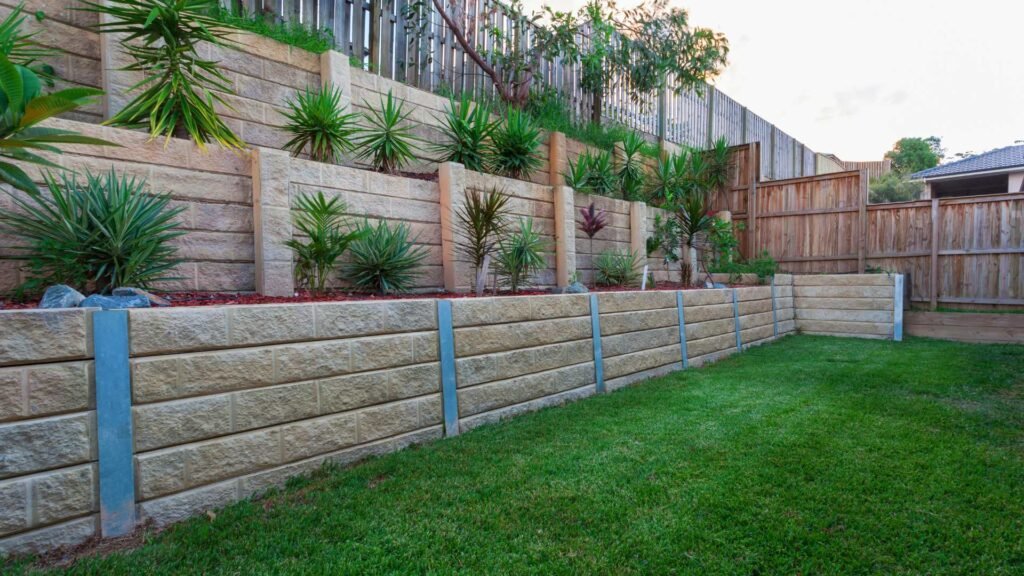
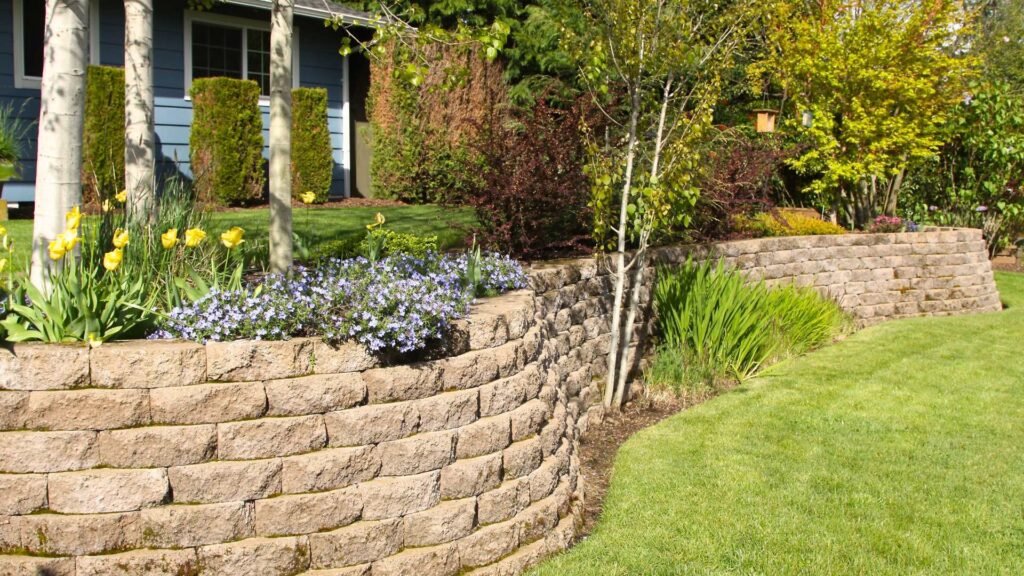

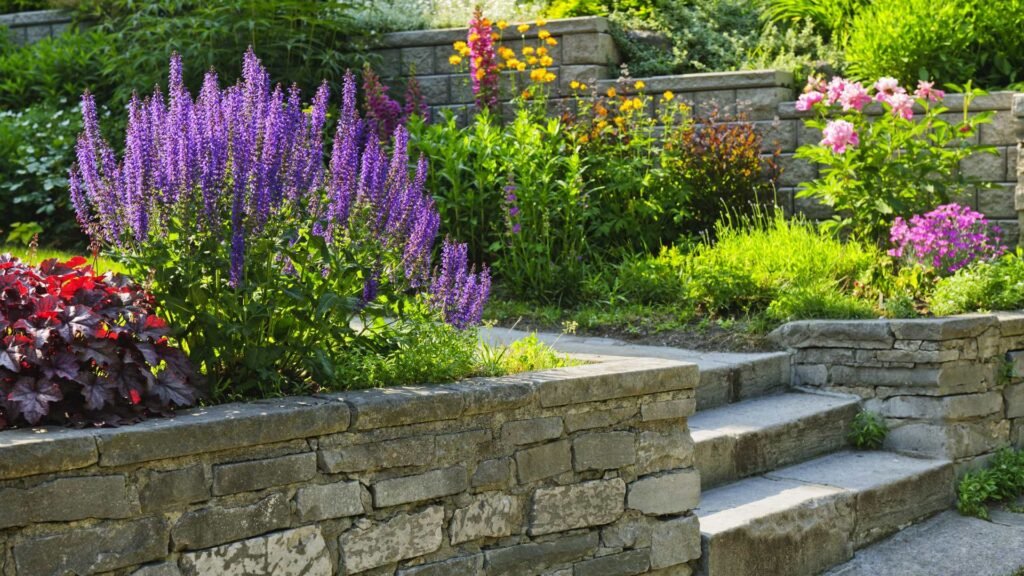
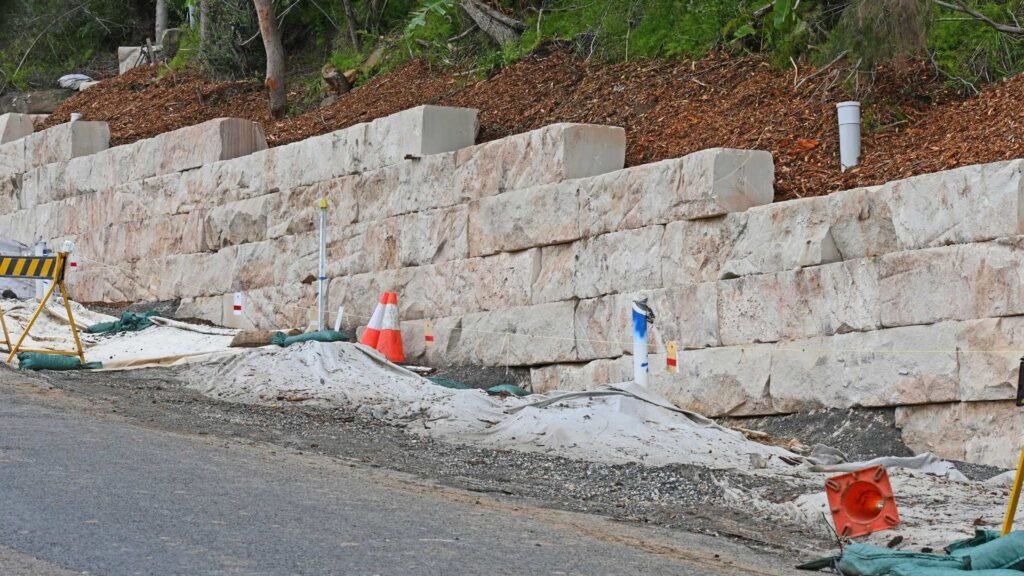
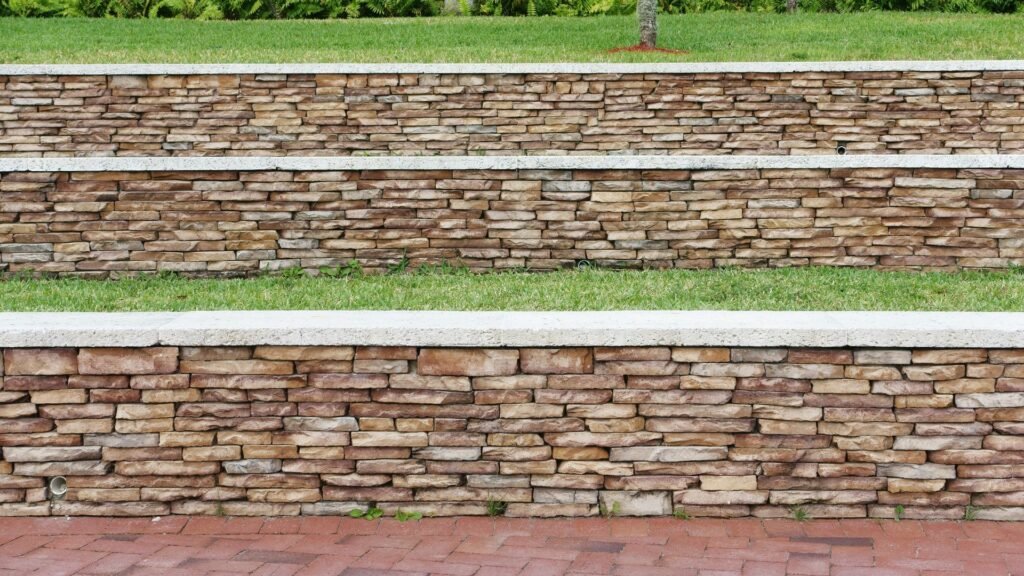
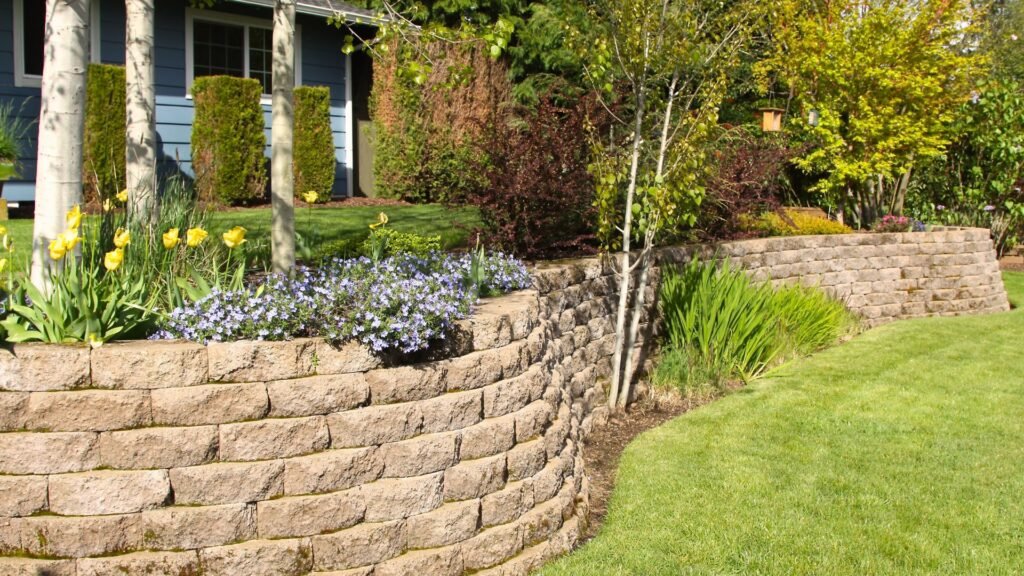
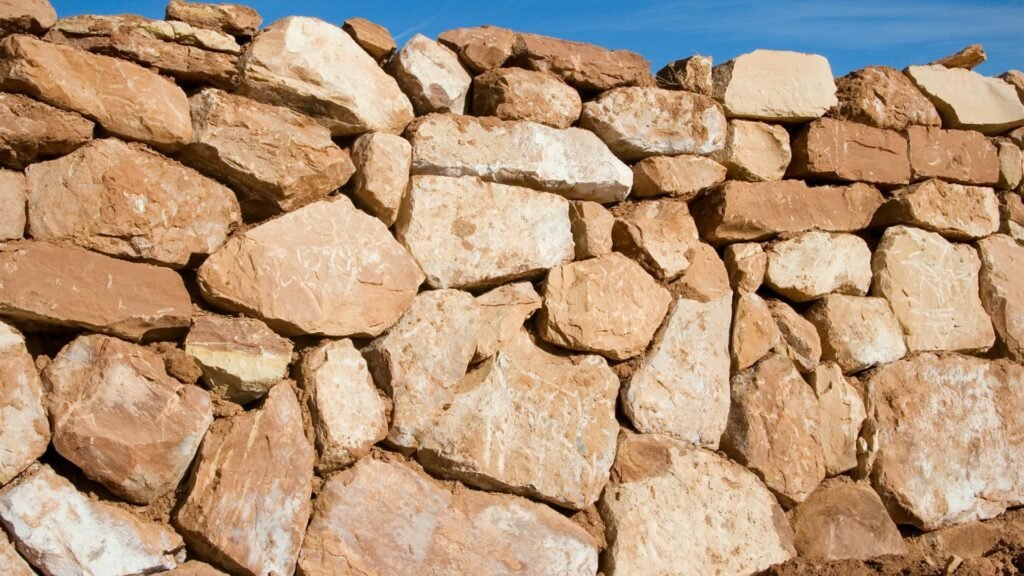
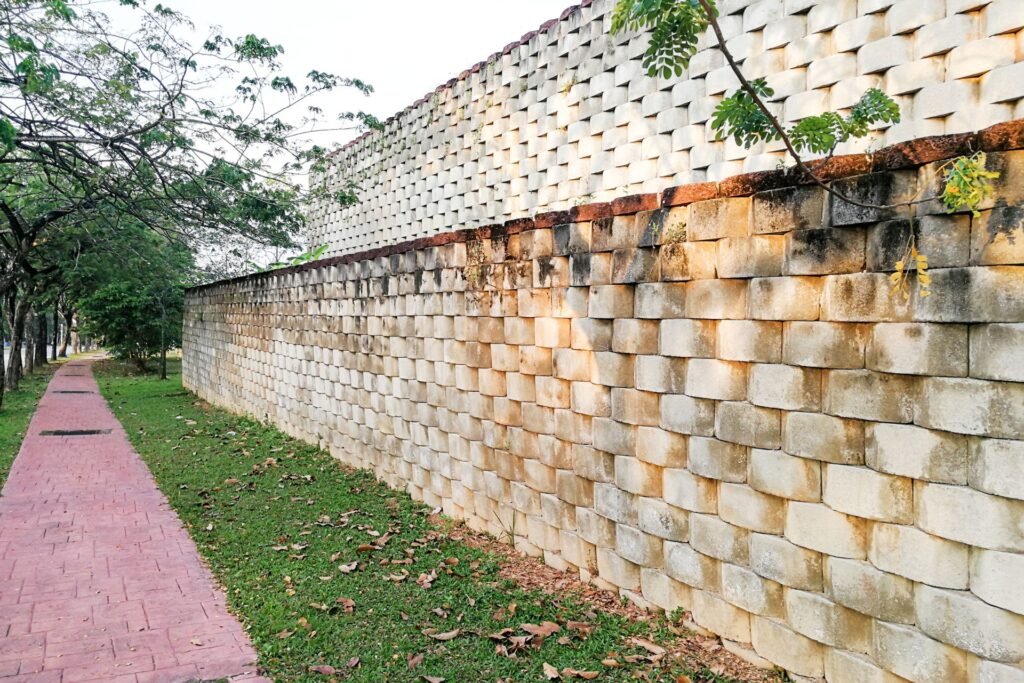
Hi, this is a comment.
To get started with moderating, editing, and deleting comments, please visit the Comments screen in the dashboard.
Commenter avatars come from Gravatar.